Determining the silver coin prices: how much are my silver coins worth? How the rarity, grade, and economic state affect the value of silver coins. Read how to compute the approximate cost of your silver coins.
Silver coin values are driven by many factors. When a silver coin collector asks “how much is my coin worth?” he or she often seeks the help of a coin appraiser. Coin appraisal is the earnest process of determining coin values. This is particularly helpful when the coin collector wishes to trade or sell his or her silver coins in the near future.
At some point in history, the coins in the US and Canadian currencies were minted in silver. But after 1967, when silver became scarce, the production of silver coins was banished.
Today, silver coins are available to collectors and investors as either of the following:
- silver bullion coins, often times made into commemorative coins
- and numismatic silver coins, also known as collector silver coins
Silver bullion coins are mostly sold in national mints and central banks. The government requires you to sign special documents upon purchasing this kind of silver coins.
What factors control the silver coin prices?
“A coin is only worth what someone will pay for it,” as the old adage goes. True enough, there many factors that oversee the rise and fall of silver coin values.
1) Rarity of the silver coin
Rare silver coins are more valuable. This is one of the major bases in determining the silver coin value. Famous rare coins will fetch higher prices. However, it is not all the time that rarity refers to the age of the coin.
There are ancient Chinese silver coins that only sell for only a few dollars because there are plenty of them in the market. On the other hand, the 1913 Liberty Head nickel sells for over US $ 1,000,000 because there are only five existing specimens of it.
There are also silver coins with strike or mint mistakes. Silver error coins are valued for their rarity.
2) Purity or Silver Content
The most fundamental factor in determining the value of a silver coin is its silver content. The higher the purity and weight of silver in the coin, the more valuable it is. Ideally, there are no 100% silver coins for pure silver is too soft. However, silver coin investors (or those who are collecting silver coins for their precious metal composition and not just for their numismatic value), would look for coins with higher silver content.
Silver coins are typically measured in troy ounces, with some common purities including 90% silver (coin silver), 99.9% silver (fine silver), and 99.99% silver (ultra-fine silver).
3) Grade of the silver coin or Condition
The state of preservation or condition of any numismatic coin affects its value. The common coin grading method is by using the 70-point Sheldon Scale. It indicates P1 as the lowest grade and the Perfect Mint State 70 as the highest grade on the scale.
Coin Collectors can send their silver coins to the Professional Coin Grading Service and the Numismatic Guaranty Corporation to have their coins graded based on the following evaluating criteria:
- Are there marks on the silver coin? Tiny visible lines called “hairlines”, scratches, and other impurities on the silver coin will devalue it.
- Is there a good luster on the surface of the silver coin? Mint state silver coins, those with a grade of above 65 have shiny surfaces. These coins are uncirculated to preserve their excellent condition. They come with expensive price tags, too.
- Is the design on the silver coin visible? Well-struck silver coins receive a higher grade than those with weak strikes.
- What is the aesthetic appeal of the silver coin? The over-all appeal or how you see the silver coin in just a singe look (without a close examination of its details) matters a lot in coin grading. Silver coins with ugly coin toning or discoloration receive lesser grades.
The condition or grade of a silver coin plays a crucial role in determining its value. Coins are graded on a scale from “Poor” to “Mint State” (or “Proof” for specially struck coins). Coins in better condition with minimal wear, scratches, or damage are generally more valuable than those in poor condition.
4) Precious metal market
Silver coins, especially the bullions, are often regarded for their silver coin melt value, or the intrinsic worth of its precious metal content. The price of junk silver coins (pre-1965 circulated US coins that contained 90% silver) and modern silver bullion coins are based on the current silver spot price.
The value for silver numismatic coins is influenced by the collectors’ demand. Some of these silver coins are relatively abundant in the market and many collectors want them. This demand make some silver numismatic coins more expensive compared to other rare coins.
To state an example is the case of the US dimes. There about 400, 000 specimens of 1916 D dimes and there only 30, 000 1798 dime.
Even if the 1798 dimes are rarer, you’ll be surprised to know that 1916 D dimes costs more. This is because most numismatists collect 20th century dimes rather than dimes from the 1700s. Thus, if a coin is in the trend in the coin collecting market, expect its price to go up.
5.) Market conditions
The value of silver coins can fluctuate based on market conditions, including changes in the price of silver, investor demand, and economic factors. The spot price of silver in the precious metals market has a direct impact on the value of silver coins, as it determines their intrinsic metal value.
How much are my silver coins worth?
This is a guide in determining your silver coin’s approximate price.
1) The first step is correctly identifying your silver coin – its date, famous name, metal composition, etc. (for example, a 1921 Peace dollar made of .90 silver and .10 copper). Use a coin catalog to help you identify your silver coin.
2) Carefully scrutinize your silver coin to make an initial grading. Even if you are not trained to do so, at least you will have a rough estimate of your silver coin’s grade before you send it out for professional grading. This way, you can have a point of comparison when your graded silver coin arrives.
3) Look up coin catalogs, coin newspapers, and coin magazines for the list of retail value estimates of your silver coin. You can find the wholesale prices of United States collector coins in the Bluebook. Retail prices for numismatic coins are compiled in the Redbook.
4) Extend your research to silver coin forum websites and online auction sites. This is a good venue to know which silver coins are popular among numismatists.
5) Attending coin shows will help you know the estimated cost for your silver coins. Watch how dealers and silver coin collectors transact business. When time is due when you have to sell or trade your silver coins, you would know how much they are worth.
6) Check coin websites in the internet for the up-to-date silver spot price. Remember, silver bullion coins are regarded for their intrinsic precious metal content and not for their numismatic worth.
7) Obtain the weight of your silver coin. Troy ounce is the standard measurement of weight in coins. National silver bullion like the Australian Koalas and the Silver American Eagles are at one ounce each.
8) The weight of silver in each coin is multiplied to the market value per troy ounce, and then multiplied to the number of silver pieces.
For example, you have a roll of 1964 dimes containing 50 Roosevelt silver coins. The spot price for silver is at $9/ troy ounce. US dimes dated 1964 have a silver content of .07232oz., thus you can compute:
0.07232oz x $9/ troy ounce x 50 silver coins = $32.54
But this is only an approximate cost. Dealers still charge processing fees. The silver spot price is very volatile and it changes from time to time.
Above all, the price above is just the approximate cost. The price of your silver coin when you sell it should not go below the computed price.
To determine the specific value of a silver coin, it’s advisable to consult current price guides, numismatic catalogs, or online resources that provide up-to-date information on coin values. Additionally, consider having your coin professionally appraised or graded by reputable numismatic organizations like the Numismatic Guaranty Corporation (NGC) or the Professional Coin Grading Service (PCGS) for a more accurate assessment of its worth in the current market.

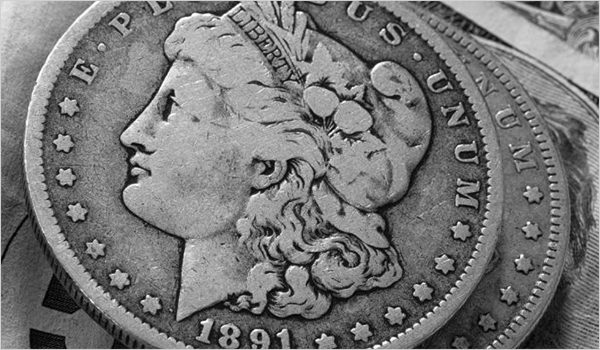




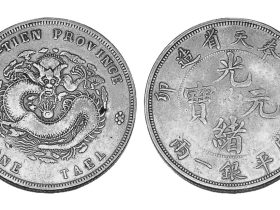
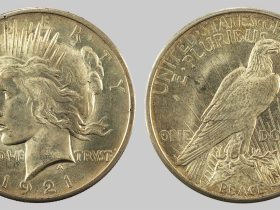
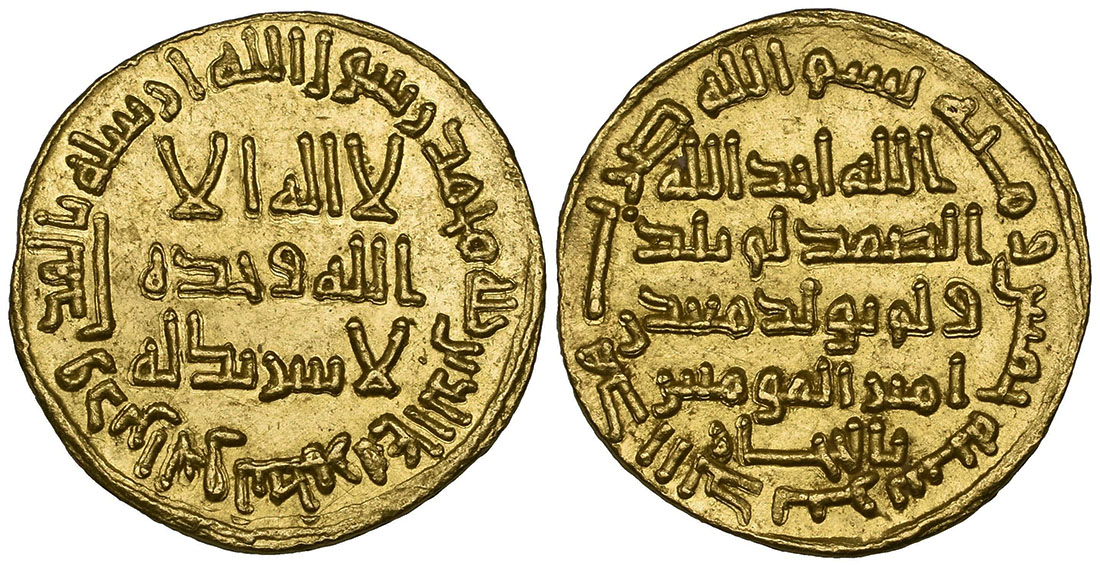
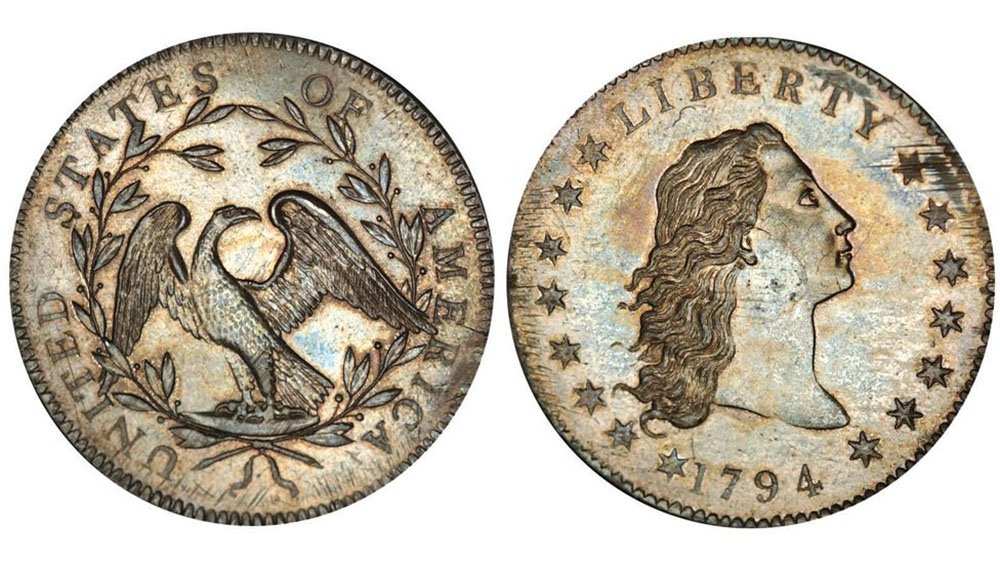

Leave a Reply